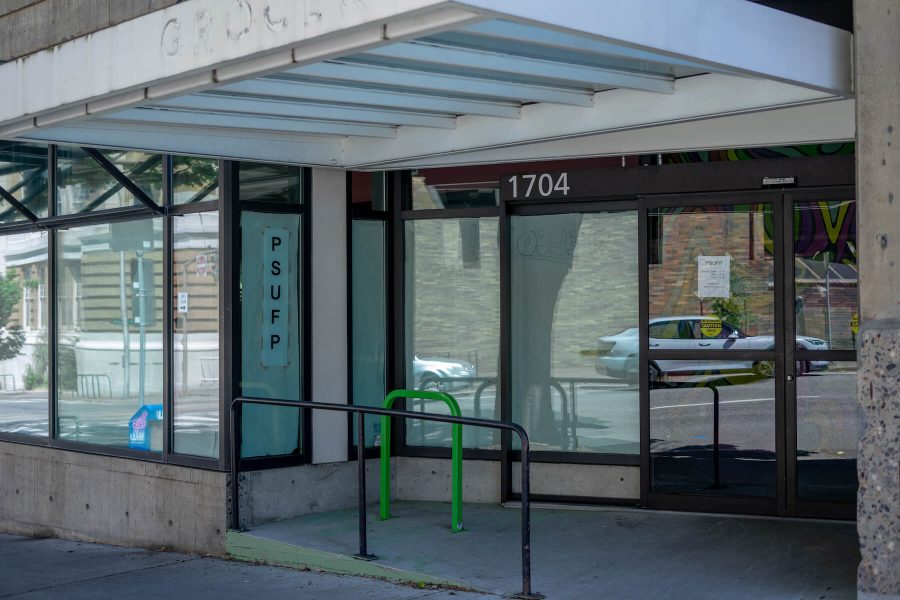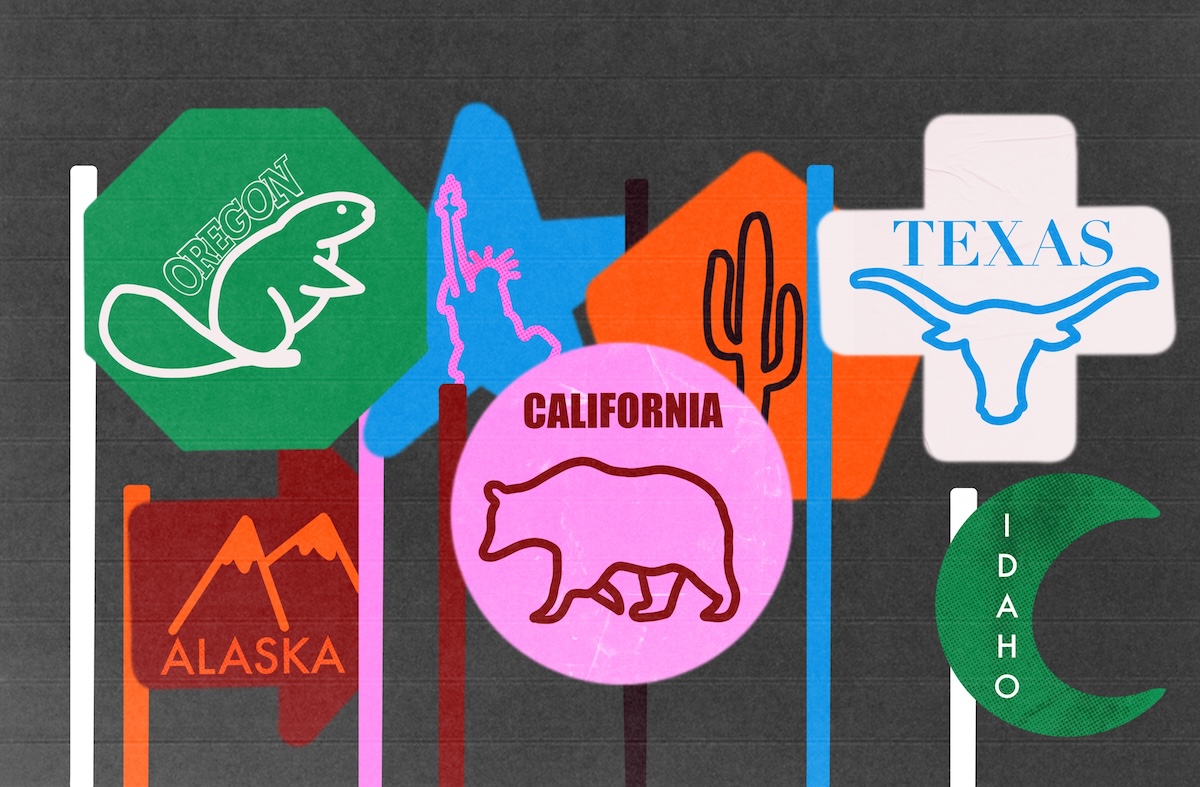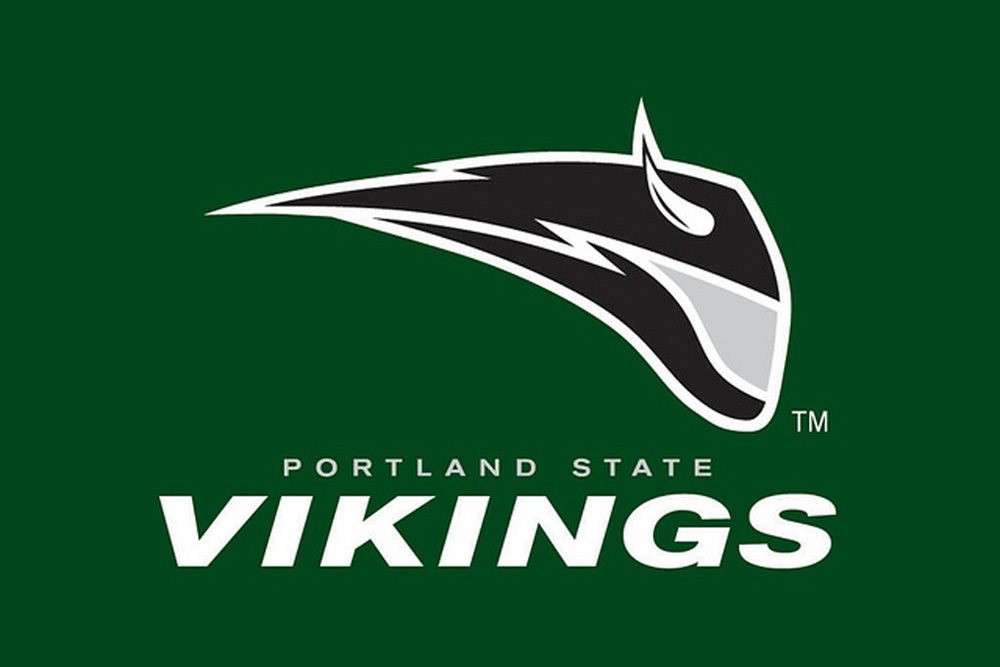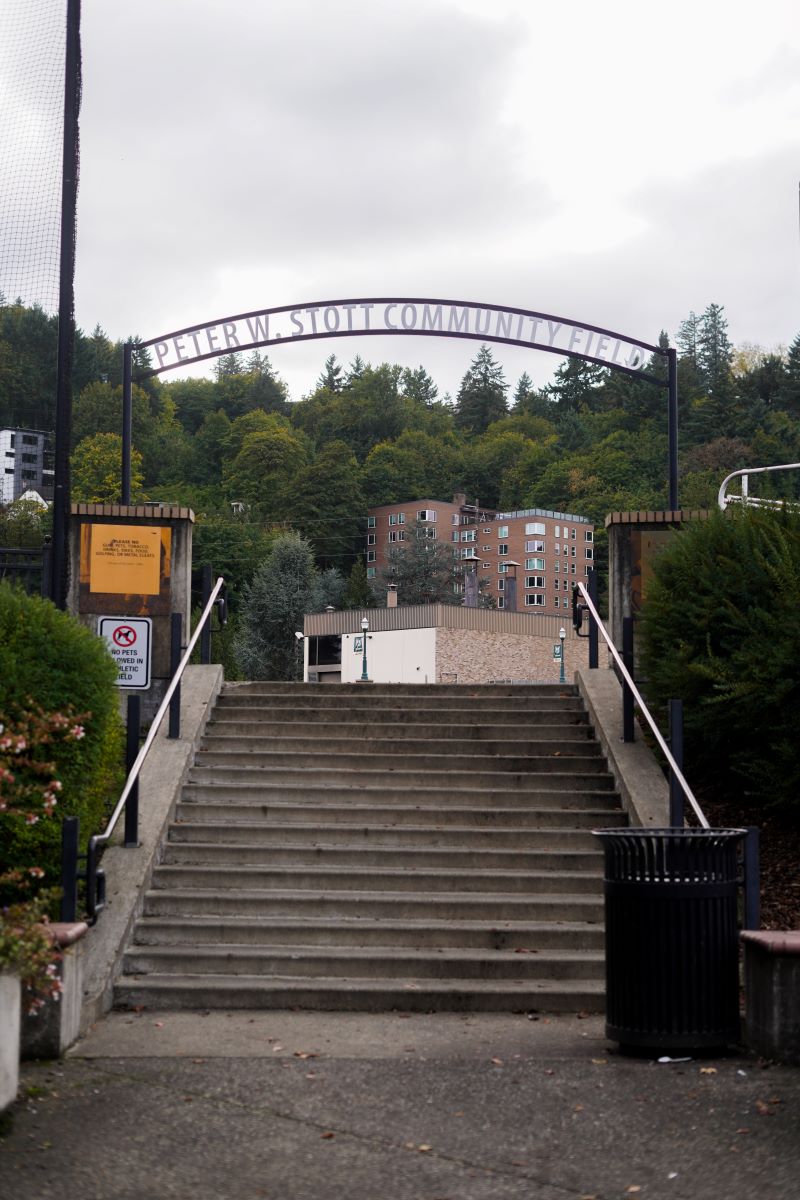Crisis is inevitable—what goes up must come back down. Given this inevitability, it is vital that institutions prepare for it and ensure that they know how to respond. Portland State is responsible to its students and the community to ensure that it is ready for the many potential crises that face our institution.
To do this, PSU’s University Communications has created a plan on how to communicate about the crisis to the student body, faculty, alums, families of students, local community and the various other parties whom the crisis could impact.
Katy Swordfisk is the media relations manager at PSU and the primary person responsible for creating PSU’s most current and in-depth Crisis Communication Plan (CCP). “Building out the plan was really building on what we already have, which is a much smaller version,” Swordfisk said. “And then me doing months of research, reading, looking into best practices, interviewing stakeholders all across campus about their needs and experiences. And then putting all of that together into this much more comprehensive document.”
This document is an in-depth instruction on approaching various types of crises and how to best and most effectively communicate about them. “For this plan, there are three types of crises: immediate, emerging and situational,” Swordfisk said. “An immediate crisis would be something that we would activate immediately. That would be something like a shooter on campus, sexual assault, inclement weather—really like the range of things.”
An emerging crisis, according to the CCP, is a “type of crisis [that] includes controversial PSU Board of Trustees decisions, lawsuits, controversial speakers on campus, academic scandals, etc. These events can be anticipated, and with proper planning and a managed response, detrimental news coverage is kept to a minimum.”
Finally, a sustained crisis is ongoing. While the university might not always be “looking to the plan every day for guidance, you’re keeping those things in mind—the different groups that you need to talk with,” Swordfisk said.
“All crises have some level of impact on the PSU’s reputation, but a sustained crisis can drain PSU of resources, lower morale, change public opinion and take a prolonged time to recover,” according to the CCP.
Once the crisis type has been defined, whoever is available comes up with a communication strategy, and this group determines “if we need to do anything communication-wise [or] if we put a pin in it and revisit [later],” according to Swordfisk.
For an immediate crisis, that response time is already determined, and the PSU alert system is the primary mode of communication about an immediate threat. For those signed up, texts and emails are immediately sent to relevant parties, alerting them of the crisis and how to respond. Typically, students receive such alerts for inclement weather, but they serve as a means of communication during various types of emergencies.
“There is signage around campus noting that PSU alert is our method of communication in a disaster, and there is email communication regularly regarding how to sign up,” explained Jeffrey Rook, Director of Environmental Health and Safety, which ensures the university meets regulatory requirements.
Although information and instructions on accessing the crisis messages may be available, it does not guarantee that individuals can or do actually access them.
“I think communication, it’s about making sure that information is available in many different places that students can access,” Swordfisk said. “So it’s the idea of meeting them where they’re at. Yes, email and PSU alert systems are very important, but it’s also not necessarily where students get information. So we try to reach out in other ways as well.”
These other ways include social media. Swordfisk highlighted the importance of Instagram, especially for audiences on campus, and having the other groups on Instagram cross-posting to ensure that the message reaches the maximum number of students.
However, given that many students don’t have access to devices or the internet, this can severely hinder access to crisis messaging for some. “It is a challenge, especially when communication is shared almost exclusively digitally,” Swordfisk said. “And we don’t have flyers posted on campus and that sort of thing.”
Additional risks face marginalized communities regarding lack of access to crisis communication and resources. “Traditionally, marginalized communities will have a more difficult time coming back,” President Stephen Percy said in a recent press conference. “They maybe don’t have the information on how to prepare.”
Rook seconded this notion. “Historically, traditionally marginalized communities have not been involved in the discussion or planning process regarding emergency preparedness,” he said. “One of the university’s goals is to expand the communication to get more individuals aware of emergency preparedness and some of the basic steps they can take to prepare for and respond to a disaster.”
In an effort to try and address this gap, the university provides the Emergency Procedures Guide, which is translated into multiple languages and accessible from the PSU website. This is the stated response to addressing this disparity.
Access to information is not only a concern for those who cannot access it, but for those who might not be able to in the case of a major natural disaster like the Cascadia Subduction Zone earthquake.
“There is an expectation of disruption to some campus communication,” Rook said. “We do not know for how long or how severe it will be. We do know that when cell service is impacted and before it goes down, SMS texts can still go through unless the entire region is in the dark.”
The CCP would resort to “posted messages on buildings,” Rook said. “With a larger communication impact to the region, PSU will certainly rely upon assistance from the City of Portland, Multnomah County, the State of Oregon and FEMA for added assistance.”
When it comes down to natural disasters, preparation for the direct aftermath is essential, and people will need to be able to rely on their communities as a resource.
“As for the ability to support students after a disaster, we do have different response capabilities—however, that is contingent on the extent of the damage to our buildings, availability of staff depending on the time of the year and access to city and county resources,” Rook said. “A part of our response plans is to also build strong relationships and memorandums of understanding with the city and county to ensure we have access to emergency supplies.”
Moreover, the safety of our buildings is further essential to ensure that individuals who access these buildings are safe and able to respond to the crisis. “Buildings before a certain time were not built up to seismic codes,” Percy said. “We’re taking down a couple, now, that are in bad shape anyway but don’t meet those codes.”
“New and remodeled buildings on campus meet or exceed seismic code standards and requirements for the state of Oregon,” Rook said. “While it is unclear exactly what a Cascadia Subduction Zone earthquake will do to this region, all modeling and forecasting note the impacts will be substantial to older, unreinforced masonry buildings.”
While rebuilding and remodeling is a more long-term solution, smaller steps are also being taken to ensure safety in campus buildings. “There are basic efforts that are required for internal contents in a building, such as ensuring bookcases and shelving are secured to the wall,” Rook said. “Additionally, we work with the Portland Fire [& Rescue] Bureau to look for ways to minimize or mitigate other hazardous conditions inside our buildings and look at easy-to-reduce impacts to occupants.”
Percy further noted that the university had taken steps to ensure internal systems are protected as well. “We have a system to backup a lot of our information—all our data, you know, billing data, enrollment data, transcripts—with another university so that there’s another place where it is, so that if something goes down we’d be able to use that,” he said.






